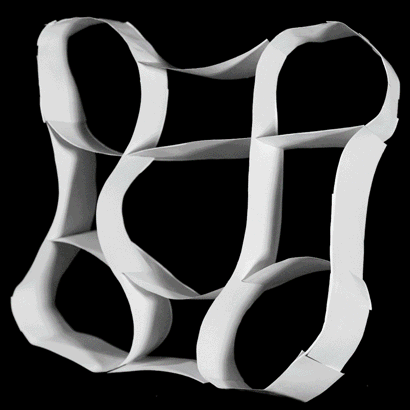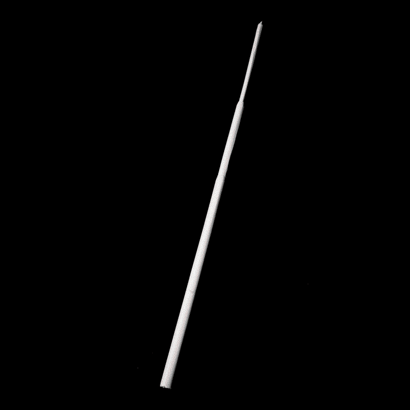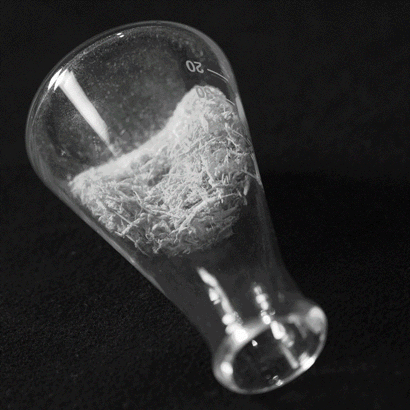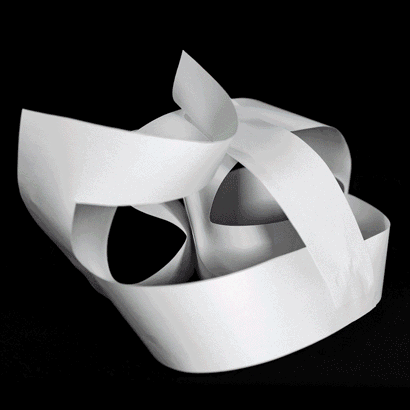︎Pushing Pixels︎Justin Berry︎Pushing Pixels︎Justin Berry︎Pushing Pixels︎Justin Berry︎Pushing Pixels︎Justin Berry
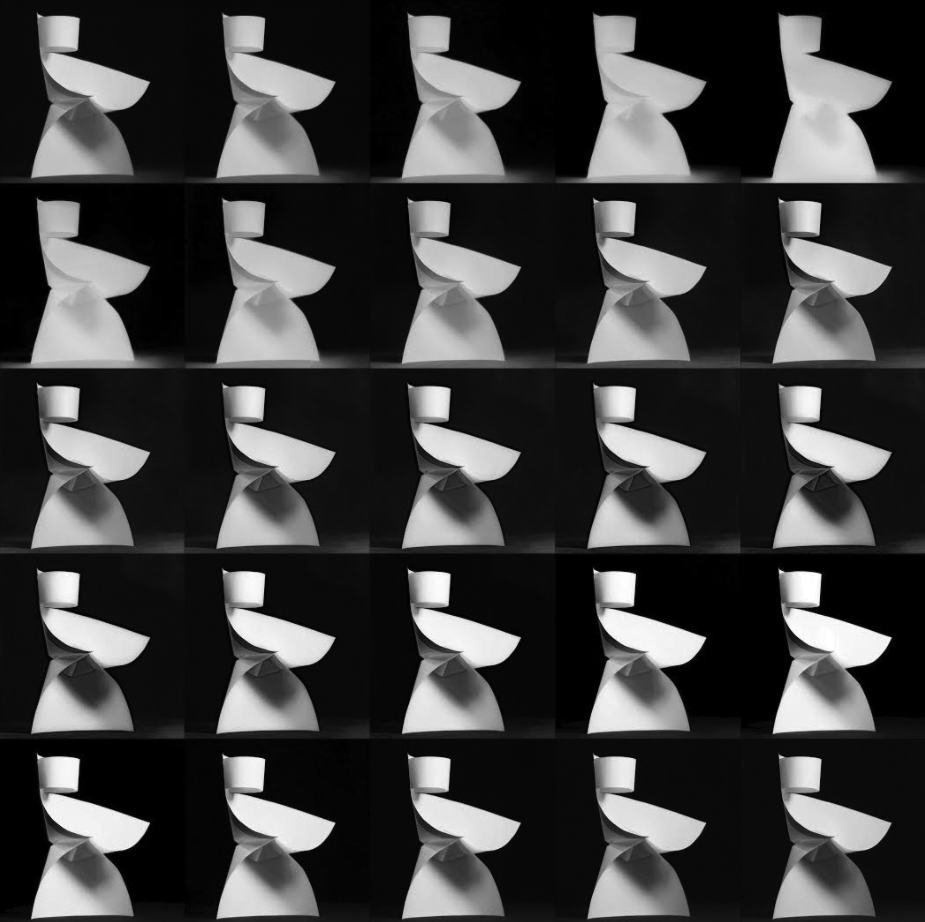
All images by Justin Berry, 2020.
Pushing Pixels
From the materiality of hand-folded paper to the limits of a manipulated digital image
Justin Berry
From the materiality of hand-folded paper to the limits of a manipulated digital image
Justin Berry
I am always amazed at the way that our mind decides to see a thing, rather than simply look at it. Why are some details invisible, unless our eye searches for them?
I arrived at this project because I was thinking of machine learning: What this term means, and what learning is. I began with an investigation into baseline materiality. What can a simple piece of office paper—an arrangement of wood fibers held tenuously together—become when it is burned, rubbed, folded, or cut by hand? What does it mean to see the world the way that an algorithm does—having no preconceptions in advance—and having to create from scratch the language required for perception? Does perception transform the raw material into something else?
As soon as I digitally photographed these miniature sculptures, I could not ignore the materiality of the photograph itself. An image is a very narrow field of vision, a finite, even dead moment. In print, a photograph becomes an intentional distillation and limitation of that moment. I wanted to push against all of the possible limits of the image as far as they could go (exposure, saturation, clarity, detail, brightness, vibrancy, noise, contrast, et cetera) so that what we see is not the object itself, but the manifold possibilities that it contains.
When I digitized them, I watched as I pushed the image to the point where the flaws in the sensor became visible, to where the white paper reveals the rainbow of colors hiding inside, to the exact moment when the sculpture ceases to be a piece of paper and becomes a visual sensation for which we have no name.
The following poems and images are by Justin Berry. The print version of this project will continue as a collaboration between Berry and Luiza Dale and Tuan Quoc Pham, the graphic designers of Maquette Issue 2. It will be an extension of the possibilities of these images, echoing in turn the limitations of the digital space.
When is an image a photograph
and when is it merely photographic?
Is there a point at which
A photograph is edited
and becomes
something other than a photograph?
What does that point look like
And how do I find it?
and when is it merely photographic?
Is there a point at which
A photograph is edited
and becomes
something other than a photograph?
What does that point look like
And how do I find it?
My phone knows my face
Better than I do.
The algorithm inside it
Does a better job of recognition
Than my mind.
Because when I look in the mirror
It is always an act of discovery
Where I do not see myself,
Only the ways that I have changed
Better than I do.
The algorithm inside it
Does a better job of recognition
Than my mind.
Because when I look in the mirror
It is always an act of discovery
Where I do not see myself,
Only the ways that I have changed
An image does not need to be made,
It can be found, it can be discovered.
The birth of an image is an observation.
A stain on the wall is the Virgin Mary—
Yesterday’s refuse becomes sacred
Simply by being seen and described
It can be found, it can be discovered.
The birth of an image is an observation.
A stain on the wall is the Virgin Mary—
Yesterday’s refuse becomes sacred
Simply by being seen and described
A pareidolia is when the brain
sees
What the mind knows is not there
It is when clouds become dragons
And long shadows form monsters.
It is what happens when nothing happens,
It is the invention of time and memory,
It is the manifestation of humanity,
We will see what we need to see.
What is there is mere coincidence
What the mind knows is not there
It is when clouds become dragons
And long shadows form monsters.
It is what happens when nothing happens,
It is the invention of time and memory,
It is the manifestation of humanity,
We will see what we need to see.
What is there is mere coincidence

